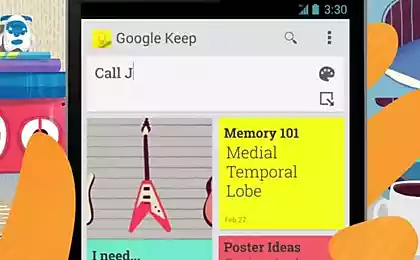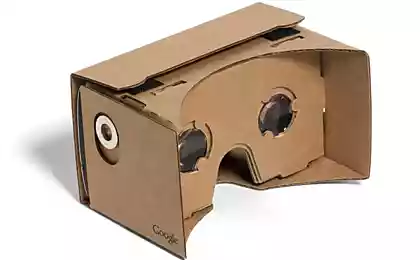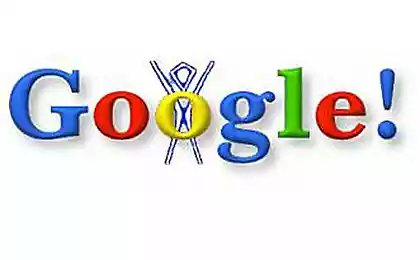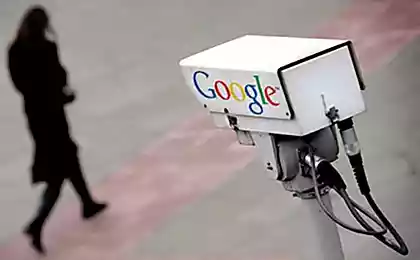1503
Balloon Google Loon circled Earth for a record 22 days
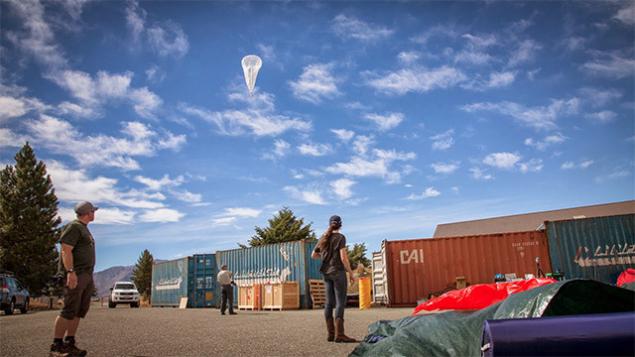
In June 2013, Google launched an interesting experiment Google Loon . A set of balloons with solar batteries have run in stratospheric winds at an altitude of 20 km. The winds at this altitude constant, steady and often blow parallel to the equator, so that the balls have to revolve around the planet on the same parallel with the speed of 8-30 km / h. Due to the large number of balls you can provide a complete covering of the earth's internet site at a particular latitude. At least in theory.
The experiment is still ongoing, and recently one of the balls was able to show incredible result. Changing height and jumping in different stratospheric flows ball Ibis-167 was able to circumnavigate the Earth just 22 days a >!
"He made a few loops over the Pacific Ocean before caught west wind in the direction of Chile and Argentina, and then returned to the point of run over Australia and New Zealand - says Google's official blog project Loon. - On the way he managed to get into the Roaring Forties - strong westerly winds in the southern hemisphere, which work as highway in the sky, where the balloons can move quickly between continents, where they need the people ».
Combined into a single communications network, Google will provide the connection balls over vast territories around the world, as well as on hard ground and during natural disasters. Each ball land covers an area of 40 km in diameter.


Each unit consists of the "envelope" (15-meter plastic shell is filled with helium) with a parachute for controlled descent, solar cell area of several square meters and boxes with equipment weighing about 10 kg. The box contains the batteries, electronics and radio transmitters to communicate with neighboring balls and with subscribers in the world. Batteries store energy during the day, so it lacked the equipment to work at night. With good sun panels provide power devices power consumption of 100 watts.
Transmitters operate on unlicensed balls "scientific" frequencies ISM, in the range of 2, 4 and 5 GHz, 8 GHz. To communicate with them using homemade modems. Although the rate coincides with frequency standard WiFi, but signals can be filtered.
So far, the experiment is carried out only on the Google 40th parallel. Several hundred balls must provide a link for users in New Zealand, Australia, Chile and Argentina.
Well, the aforementioned record-Ibis-167 has already gone on the second circle around the Earth. In total, all the balls of the project Google Loon have overcome more than 500 000 km.

Source: habrahabr.ru/post/218409/



